Home>Renovation & DIY>Home Renovation Guides>What Is The Difference Between A Sunroom And A Conservatory
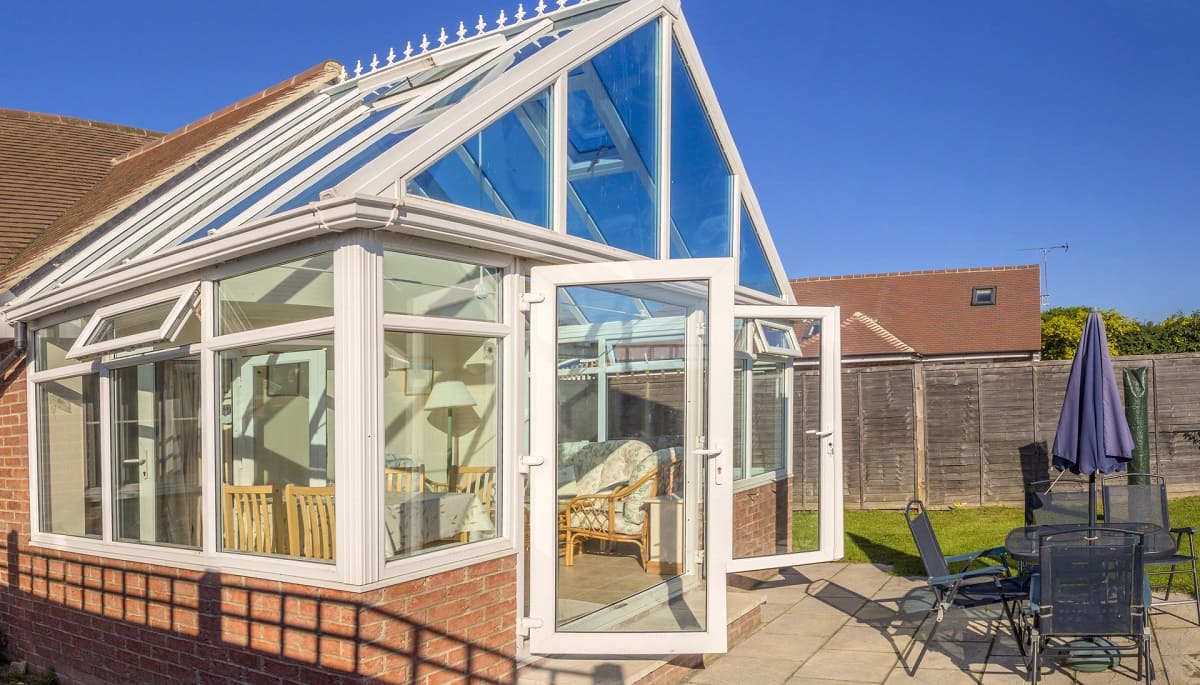

Home Renovation Guides
What Is The Difference Between A Sunroom And A Conservatory
Modified: March 23, 2024
Discover the key distinctions between sunrooms and conservatories for your home renovation project. Learn which option best suits your needs with our comprehensive guide. Explore now!
(Many of the links in this article redirect to a specific reviewed product. Your purchase of these products through affiliate links helps to generate commission for Storables.com, at no extra cost. Learn more)
Introduction
When it comes to enhancing the aesthetics and functionality of your home, the addition of a sunroom or conservatory can be a game-changer. These structures not only offer a seamless transition between indoor and outdoor living but also provide a tranquil space to bask in the beauty of nature while being shielded from the elements.
Understanding the nuances between a sunroom and a conservatory is crucial for homeowners seeking to embark on a home renovation journey. While both options offer a harmonious blend of natural light and outdoor views, they differ in terms of design, construction, use, and overall ambiance.
In this comprehensive guide, we will delve into the distinct characteristics of sunrooms and conservatories, shedding light on their individual features, benefits, and potential considerations for homeowners. Whether you are contemplating the idea of adding a sun-drenched space to your home or yearning for a serene retreat that seamlessly merges with your garden, this guide will serve as your compass in navigating the captivating realm of sunrooms and conservatories.
Key Takeaways:
- Sunrooms offer a versatile and inviting space, seamlessly blending indoor and outdoor living, providing a cozy retreat year-round for various activities and a strong connection to nature.
- Conservatories exude timeless elegance and serve as botanical oases, nurturing plants and offering a tranquil sanctuary for gardening, contemplation, and intimate gatherings.
Definition of a Sunroom
A sunroom, also known as a solarium or a sun porch, is a versatile and inviting space that seamlessly integrates the beauty of the outdoors with the comfort of the indoors. Typically attached to the main structure of the house, a sunroom is primarily composed of large windows and glass panels that allow an abundance of natural light to flood the space. This flood of sunlight creates a warm and inviting ambiance, making it an ideal spot for relaxation, entertaining guests, or nurturing indoor plants that thrive in sunlit environments.
One of the defining features of a sunroom is its accessibility from the main living areas of the house, allowing for effortless indoor-outdoor flow. Whether used as a cozy breakfast nook, a tranquil reading retreat, or a gathering place for socializing, a sunroom offers a seamless connection to the surrounding landscape without the need to battle the elements.
Moreover, sunrooms are designed to be used year-round, providing a comfortable retreat regardless of the season. With proper insulation and climate control features, these spaces offer a respite from the summer heat and a cozy sanctuary during the colder months. This adaptability makes sunrooms a valuable extension of the home, offering a versatile space that can cater to a wide range of activities and moods.
Ultimately, a sunroom serves as an extension of the living space, blurring the boundaries between indoors and outdoors while fostering a sense of tranquility and connection with nature.
Definition of a Conservatory
A conservatory is a charming and elegant addition to a home, designed to embrace natural light and provide a serene space for relaxation, cultivation, and appreciation of the surrounding landscape. Unlike a sunroom, a conservatory is traditionally a standalone structure, often adjacent to the main building, and is distinguished by its extensive use of glass in its construction. This abundance of glass allows for an immersive experience, connecting inhabitants with the beauty of the outdoors while being sheltered from the elements.
Conservatories are renowned for their architectural elegance, often featuring ornate detailing, graceful curves, and a sense of timeless allure. This aesthetic appeal makes them a captivating focal point of any home, adding a touch of sophistication and grandeur to the overall property. Whether designed in a classic Victorian style or with a modern architectural twist, conservatories exude an air of refinement and offer a tranquil sanctuary for homeowners to savor the beauty of their surroundings.
One of the defining characteristics of a conservatory is its emphasis on horticulture and cultivation. With its abundance of natural light and controlled environment, a conservatory provides an ideal setting for nurturing a diverse array of plants, from vibrant flowers to exotic specimens. This botanical oasis not only enriches the living space but also offers a therapeutic retreat for homeowners to immerse themselves in the joys of gardening and horticulture.
Moreover, conservatories are designed to be enjoyed throughout the year, serving as a tranquil escape regardless of the season. Whether used as a sunlit haven for afternoon tea, a captivating showcase for prized botanical treasures, or a peaceful retreat for contemplation, a conservatory embodies the timeless charm of indoor-outdoor living, enveloping inhabitants in a cocoon of natural beauty and tranquility.
Design and Construction Differences
While both sunrooms and conservatories share the common goal of integrating the beauty of the outdoors with the comfort of the indoors, they exhibit distinct design and construction differences that contribute to their individual character and appeal.
Sunroom Design and Construction:
- Sunrooms are typically attached to the main structure of the house, often built on an existing patio or deck, and seamlessly blend with the architectural style of the home.
- The construction of sunrooms predominantly involves the use of insulated glass panels and large windows, offering panoramic views of the surrounding landscape while providing ample natural light.
- These spaces are designed to be energy-efficient, with features such as insulated roofs, thermal breaks in the framing, and weather-stripping to ensure year-round comfort.
- From a design perspective, sunrooms often exhibit a more contemporary and casual aesthetic, focusing on creating a versatile and inviting space that complements the existing interior decor of the home.
Conservatory Design and Construction:
- Conservatories are standalone structures, often positioned in close proximity to the main residence, and are distinguished by their ornate detailing and extensive use of glass in the construction.
- The construction of conservatories showcases a greater emphasis on architectural elegance, featuring graceful curves, intricate framing, and a heightened sense of aesthetic refinement.
- These spaces are designed to provide an immersive experience, with a focus on creating a botanical oasis that fosters the growth of plants and offers a serene retreat for contemplation and relaxation.
- Conservatories often exude a timeless charm, drawing inspiration from classical architectural styles or incorporating modern elements to create a captivating blend of sophistication and natural beauty.
Ultimately, the design and construction of sunrooms and conservatories are tailored to cater to different preferences and purposes, with sunrooms prioritizing seamless integration with the existing home and a casual, contemporary aesthetic, while conservatories emphasize architectural elegance, botanical allure, and a heightened sense of refinement and charm.
Use and Function Differences
While both sunrooms and conservatories offer captivating spaces that celebrate the beauty of nature, they serve distinct purposes and cater to different lifestyles, preferences, and functional needs.
Sunroom Use and Function:
- Sunrooms are versatile living spaces that seamlessly extend the indoor living area, providing a tranquil retreat for relaxation, entertainment, and enjoyment of the surrounding landscape.
- These spaces are designed to serve as multi-functional areas, accommodating activities such as casual dining, reading, social gatherings, or simply basking in the warmth of natural light.
- With their year-round usability and climate control features, sunrooms are ideal for creating a cozy sanctuary that offers respite from the elements while maintaining a strong connection to the outdoors.
- From a practical standpoint, sunrooms are often integrated into the daily rhythm of the household, serving as a bright and inviting space for various activities and moments of repose.
Conservatory Use and Function:
- Conservatories are designed to provide a serene and immersive experience, serving as a dedicated space for horticulture, plant cultivation, and appreciation of natural beauty.
- These spaces often prioritize the display and nurturing of plants, creating an enchanting environment for gardening enthusiasts to cultivate a diverse array of botanical treasures.
- Conservatories offer a tranquil retreat for homeowners to indulge in the therapeutic joys of gardening, contemplation, or simply savoring the beauty of their surroundings in a sheltered and controlled environment.
- From a social perspective, conservatories can also serve as captivating settings for intimate gatherings, afternoon tea, or as a captivating backdrop for special occasions, blending the allure of nature with the comforts of indoor living.
While sunrooms excel in providing versatile and multi-functional living spaces that seamlessly integrate with the daily rhythm of the household, conservatories offer a dedicated sanctuary for horticulture, botanical appreciation, and moments of tranquil retreat, enveloping inhabitants in a cocoon of natural beauty and serenity.
Read more: What Is The Difference Between CAD And Bim
Cost Differences
When considering the addition of a sunroom or conservatory to your home, it’s essential to evaluate the cost differences associated with these distinctive structures. The investment required for each option encompasses various factors, including design complexity, construction materials, and overall functionality.
Sunroom Costs:
- Due to their seamless integration with the existing home structure and a focus on creating versatile living spaces, sunrooms often present a more cost-effective option compared to conservatories.
- The construction of sunrooms typically involves the use of insulated glass panels, aluminum or vinyl framing, and standard roofing materials, contributing to a more budget-friendly overall investment.
- Moreover, the energy-efficient features and year-round usability of sunrooms can lead to potential cost savings in terms of heating and cooling expenses, enhancing their long-term value and practical appeal.
- Factors such as the size of the sunroom, the complexity of the design, and the selection of additional features such as heating, ventilation, and flooring options can influence the overall cost, allowing for flexibility in tailoring the investment to suit individual preferences and budget considerations.
Conservatory Costs:
- Conservatories, with their emphasis on architectural elegance, extensive use of glass, and ornate detailing, often require a higher initial investment compared to sunrooms.
- The construction of conservatories involves specialized glass structures, intricate framing, and a heightened focus on aesthetic refinement, contributing to a higher overall cost that reflects the timeless charm and sophistication of these spaces.
- Additionally, the potential inclusion of advanced climate control systems, specialized glazing options, and bespoke design elements can further elevate the investment required for a conservatory, offering a tailored and luxurious retreat that embodies the epitome of indoor-outdoor living.
- While the upfront cost of a conservatory may be higher, the enduring beauty, architectural allure, and botanical sanctuary it provides contribute to its timeless appeal and long-term value as a captivating extension of the home.
Ultimately, the decision between a sunroom and a conservatory involves a consideration of the initial investment, long-term benefits, and the unique lifestyle and aesthetic preferences of the homeowner. Whether opting for the versatile charm of a sunroom or the timeless elegance of a conservatory, both options offer captivating spaces that enrich the home and embrace the beauty of nature in distinct ways.
Conclusion
Embarking on the journey of enhancing your home with a sunroom or conservatory opens the door to a world of captivating possibilities, each offering a unique blend of indoor-outdoor living, natural beauty, and functional elegance. As you weigh the differences between these enchanting structures, it becomes evident that both sunrooms and conservatories hold their distinct allure and cater to diverse lifestyles, preferences, and design sensibilities.
From the versatile and inviting charm of sunrooms, seamlessly integrating with the daily rhythm of the household, to the timeless elegance and botanical allure of conservatories, each option presents a captivating canvas for homeowners to express their vision of a tranquil retreat that celebrates the beauty of nature.
Whether your heart resonates with the casual warmth of a sunroom, offering a bright and inviting space for relaxation, entertainment, and seamless indoor-outdoor living, or you find solace in the refined grandeur of a conservatory, creating a botanical oasis and a captivating sanctuary for contemplation and horticulture, the decision ultimately reflects your unique lifestyle, aesthetic preferences, and functional needs.
As you navigate the considerations of design, construction, use, and investment, it’s essential to embrace the inherent charm and potential of each option, envisioning the transformative impact it will have on your home and daily life. Whether you are drawn to the versatility and practicality of a sunroom or captivated by the timeless allure and botanical sanctuary of a conservatory, the addition of either structure promises to elevate your living space and provide a tranquil haven that seamlessly merges with the natural beauty of your surroundings.
Ultimately, the choice between a sunroom and a conservatory is a reflection of your personal narrative, your aspirations for a harmonious blend of indoor comfort and outdoor splendor, and your desire to create a captivating retreat that celebrates the essence of home. Whichever path you choose, the journey of embracing the beauty of nature within your living space promises to be a transformative and enriching experience, adding a touch of timeless allure and functional elegance to your home.
Frequently Asked Questions about What Is The Difference Between A Sunroom And A Conservatory
Was this page helpful?
At Storables.com, we guarantee accurate and reliable information. Our content, validated by Expert Board Contributors, is crafted following stringent Editorial Policies. We're committed to providing you with well-researched, expert-backed insights for all your informational needs.
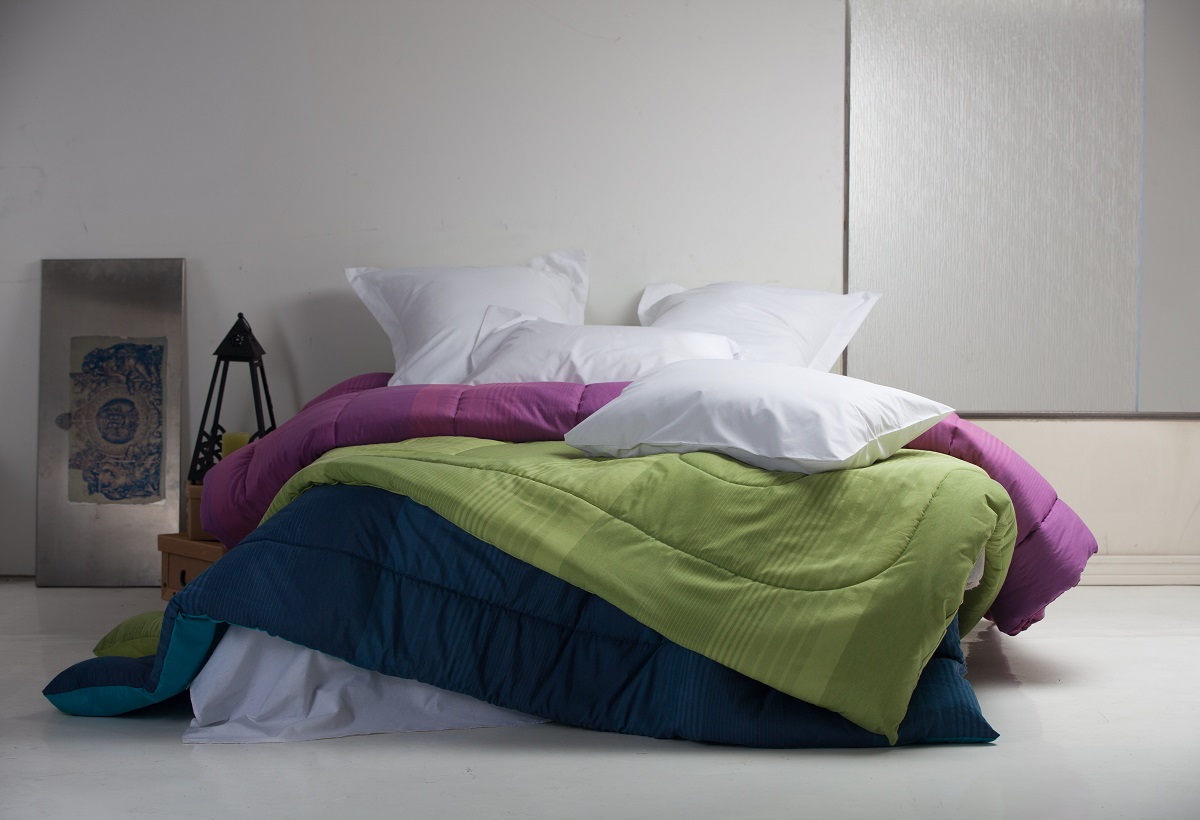
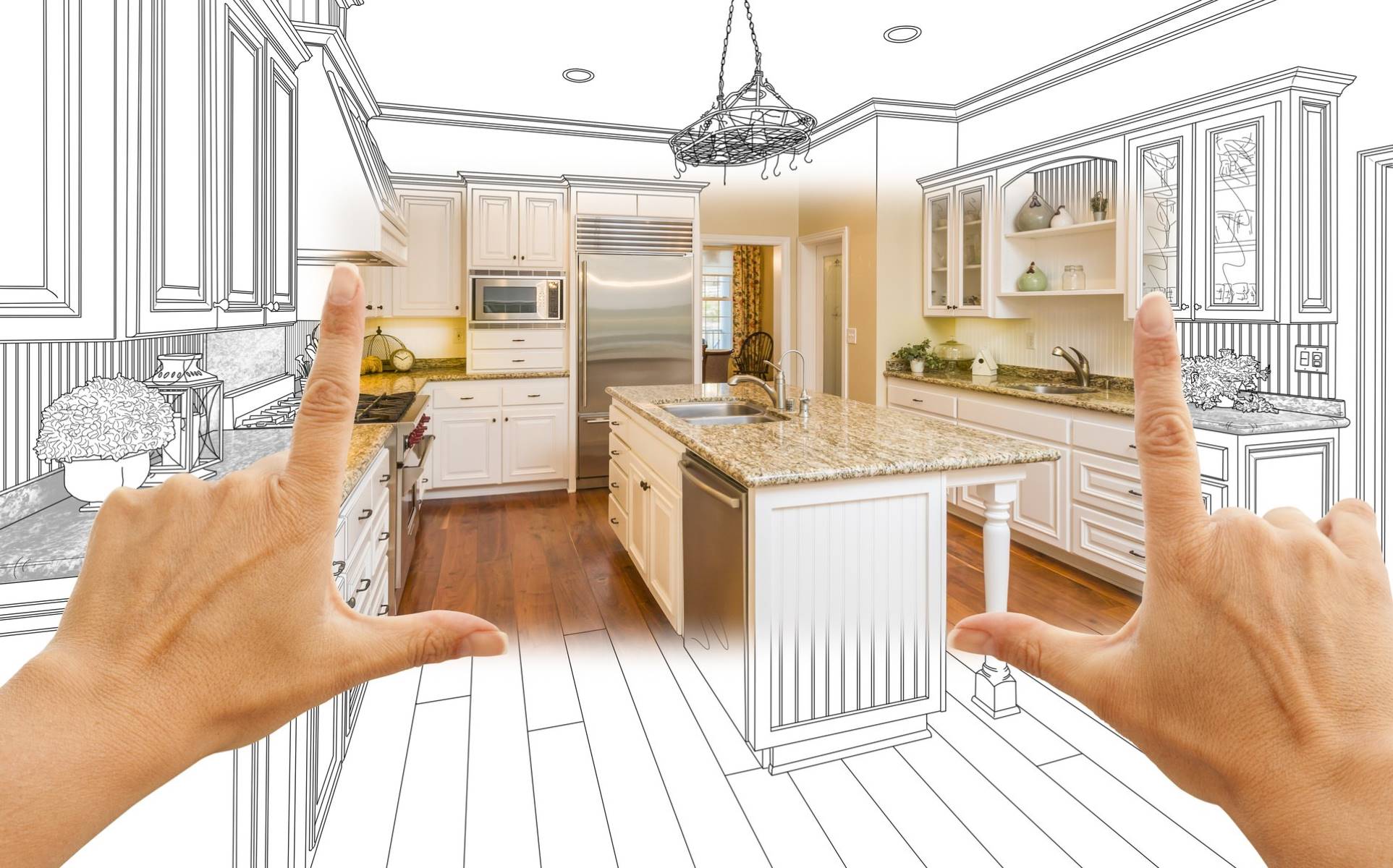

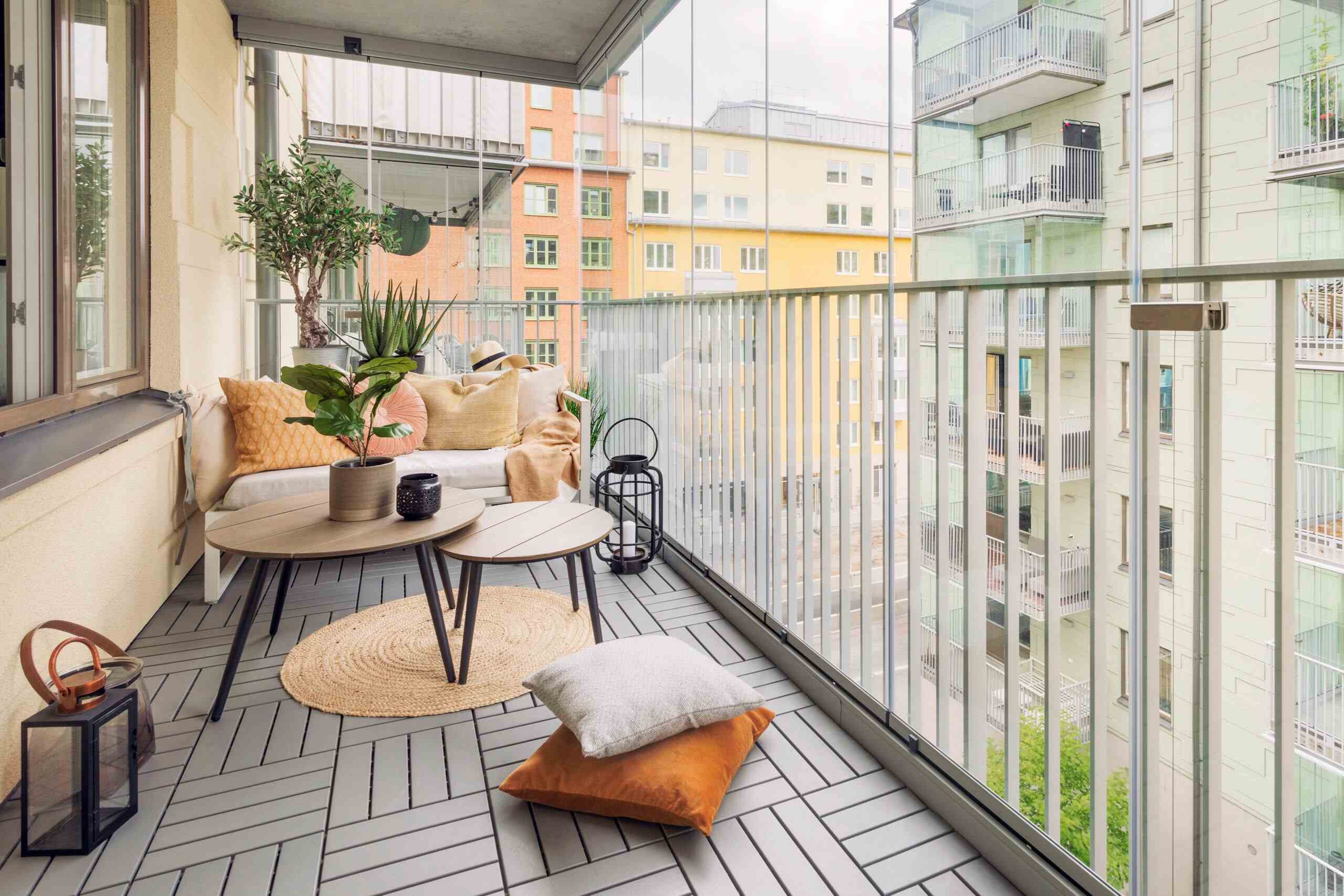
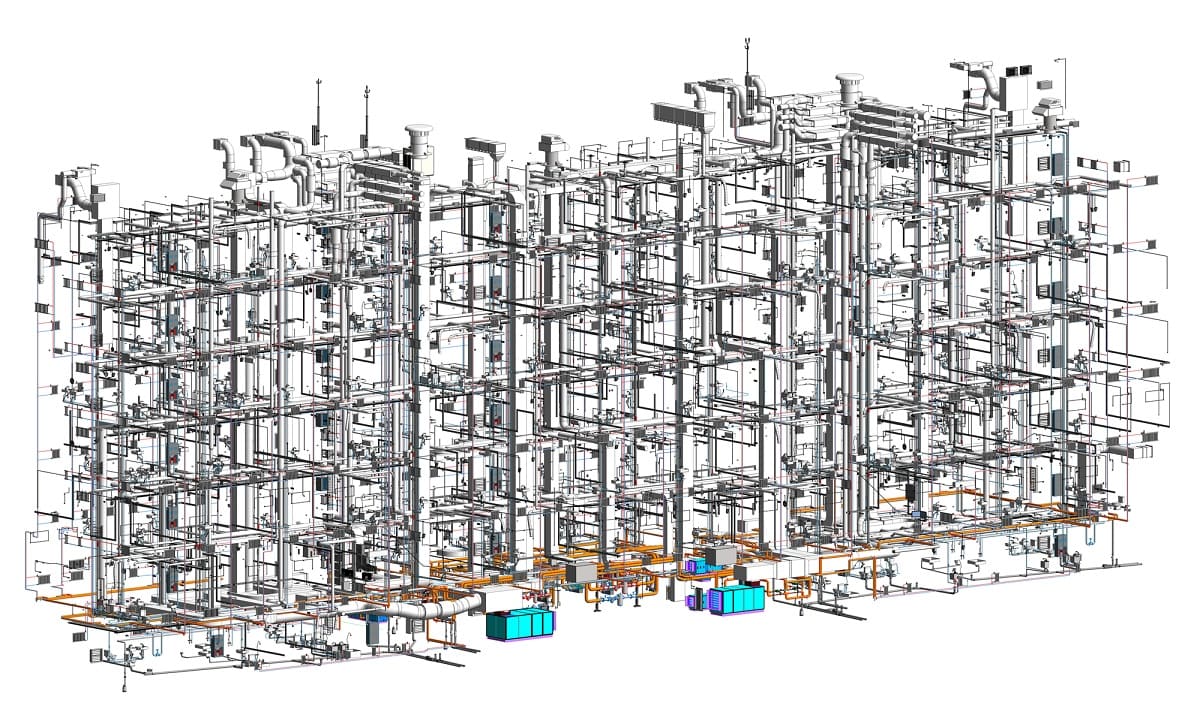

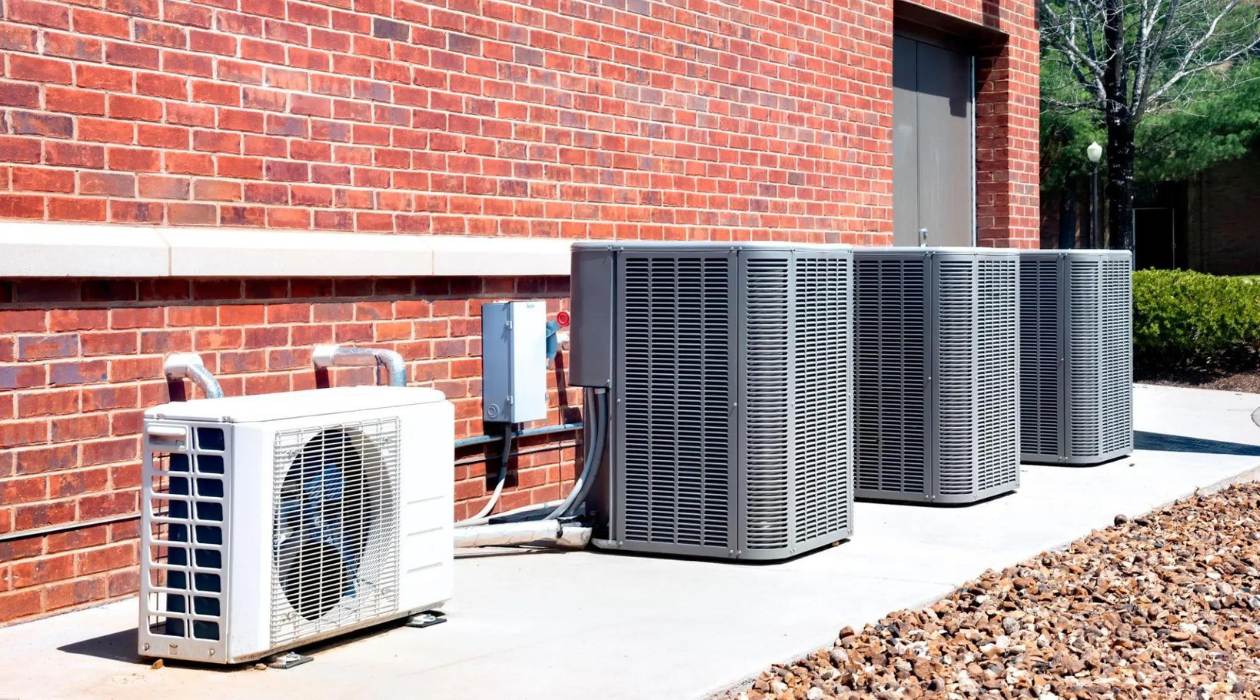
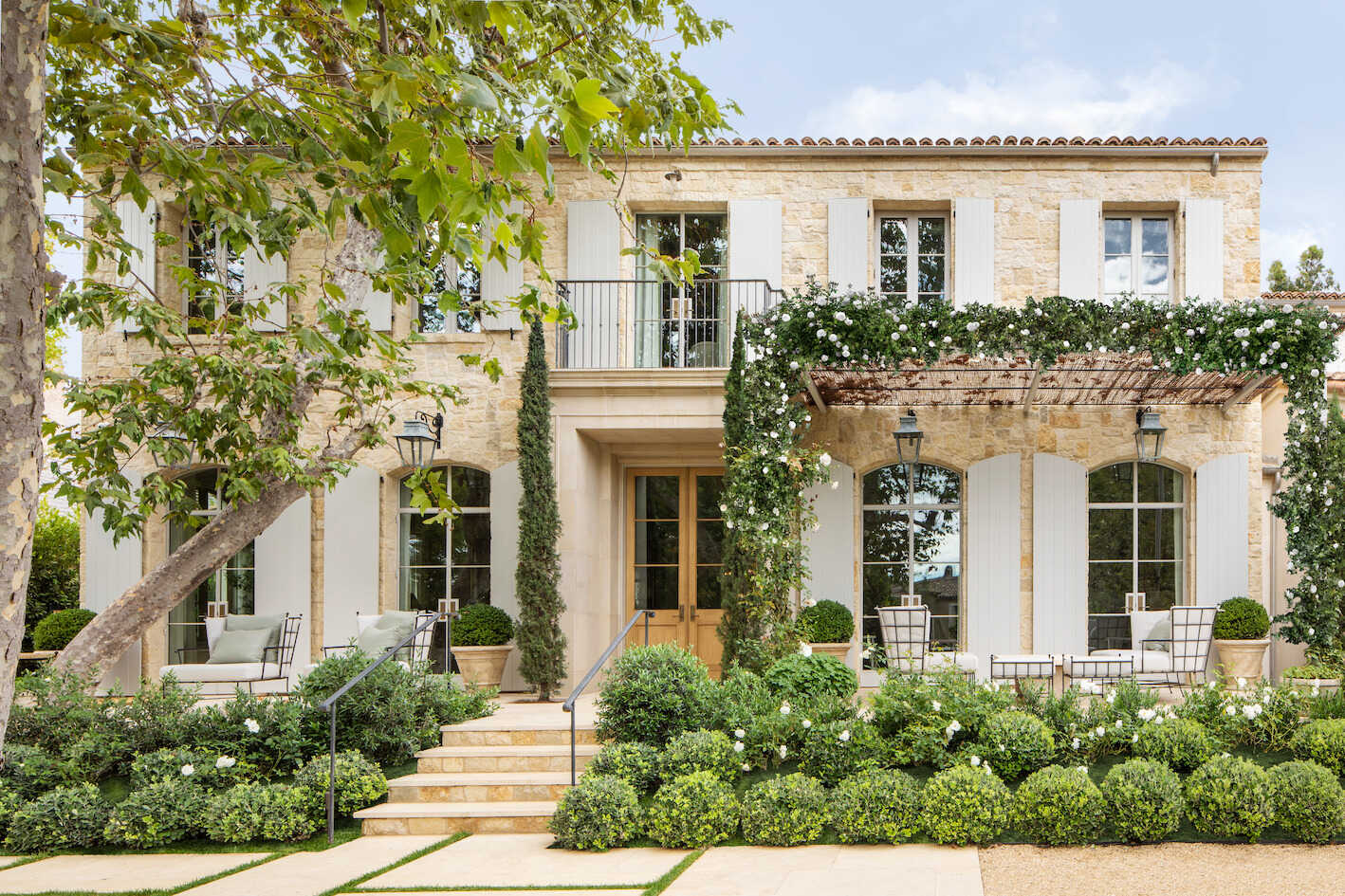
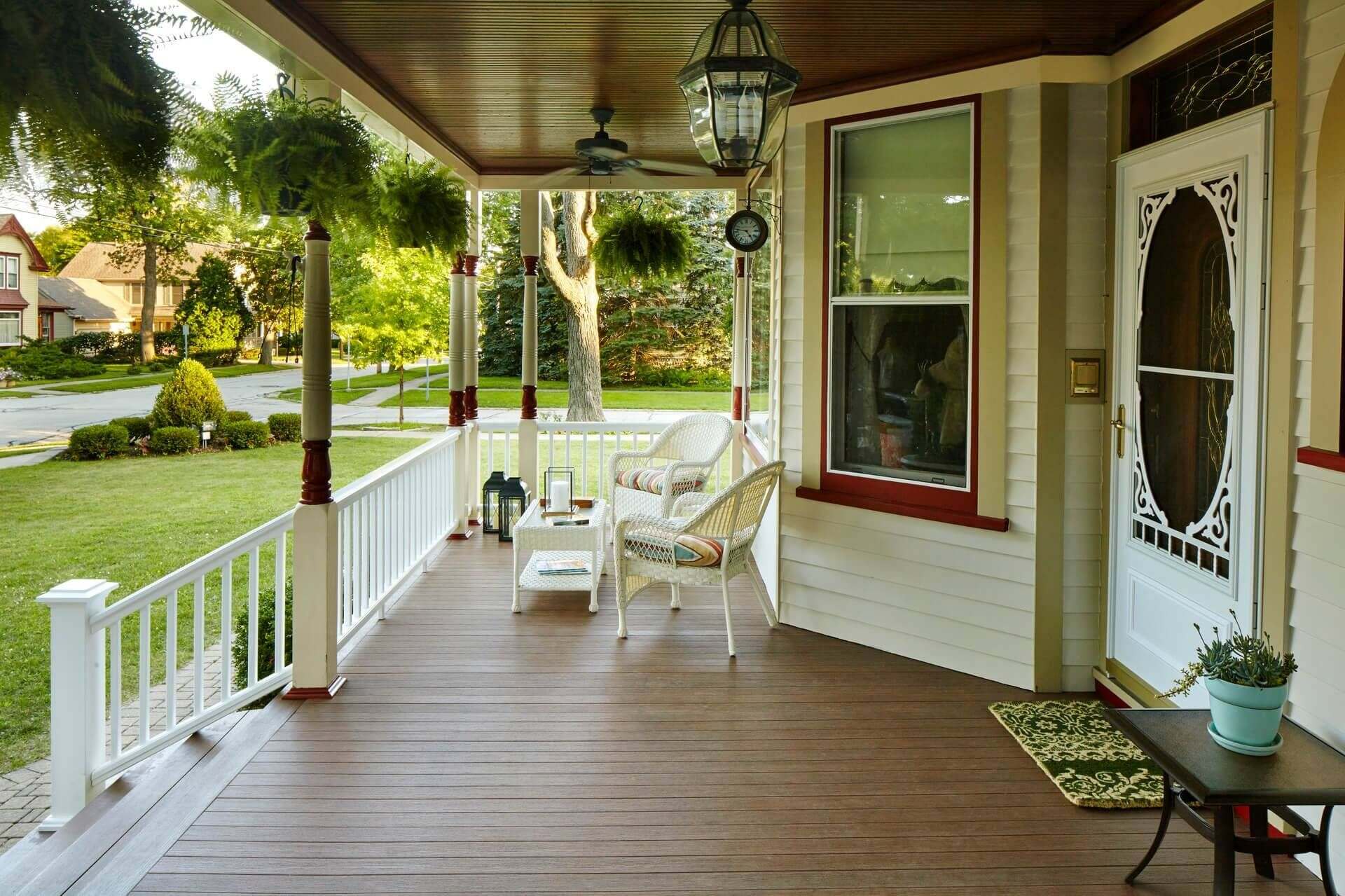
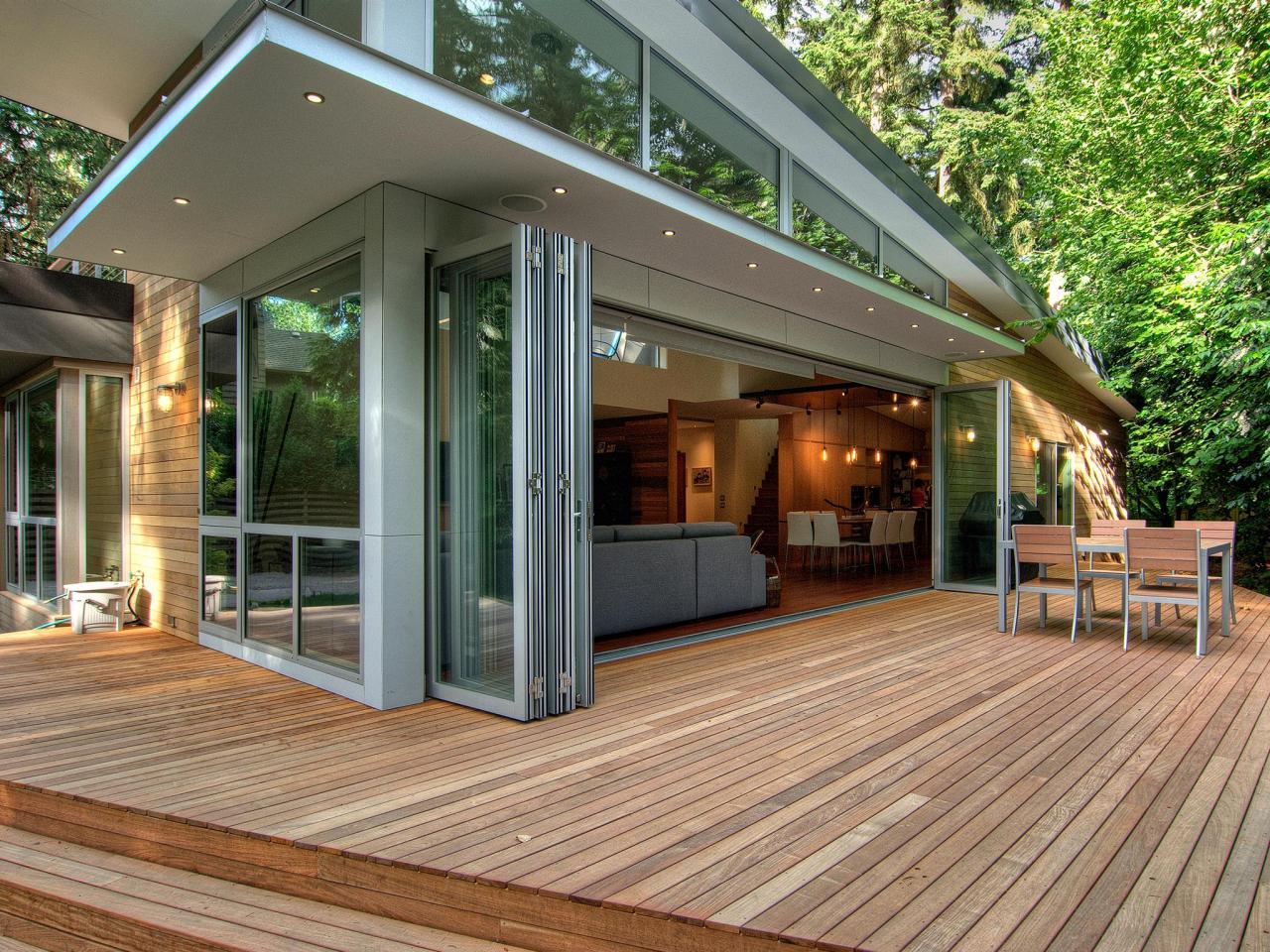
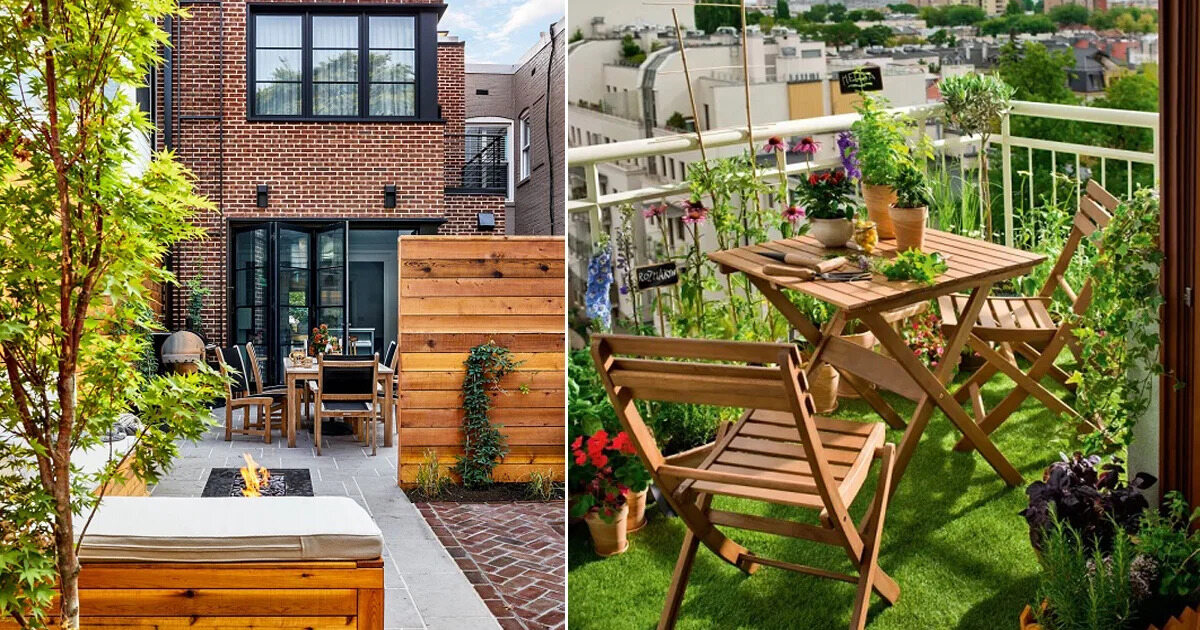
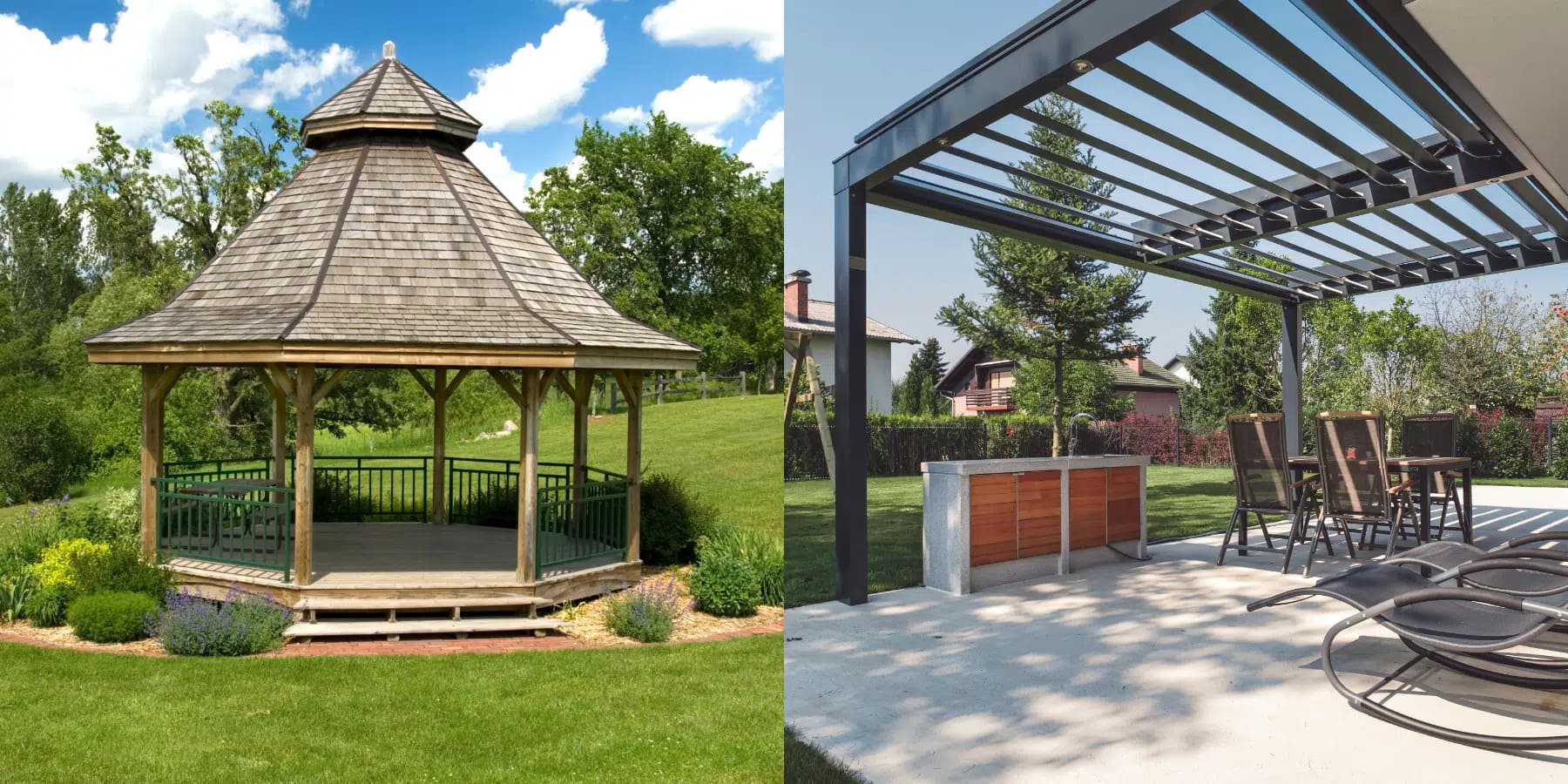
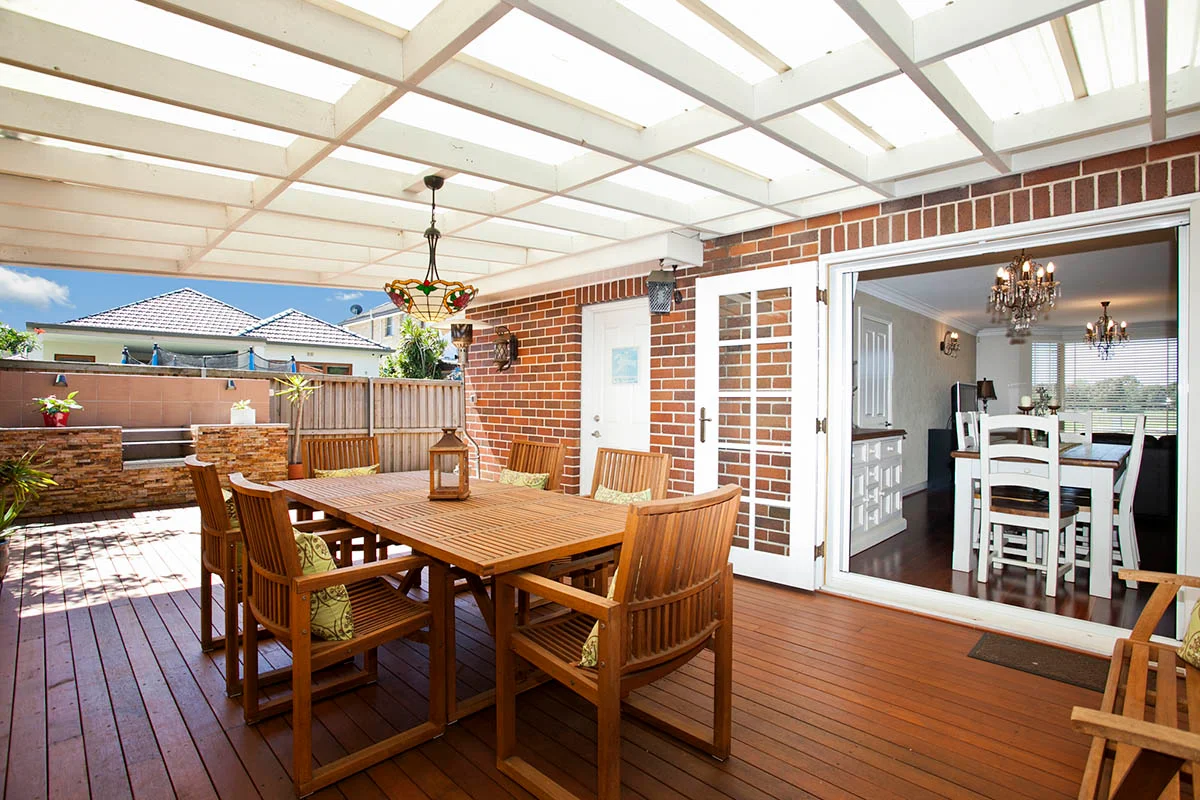

0 thoughts on “What Is The Difference Between A Sunroom And A Conservatory”